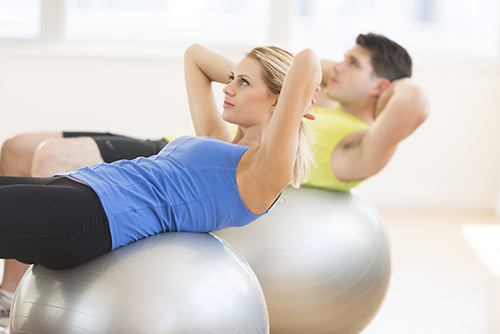Staff Picks – Best Workout Music
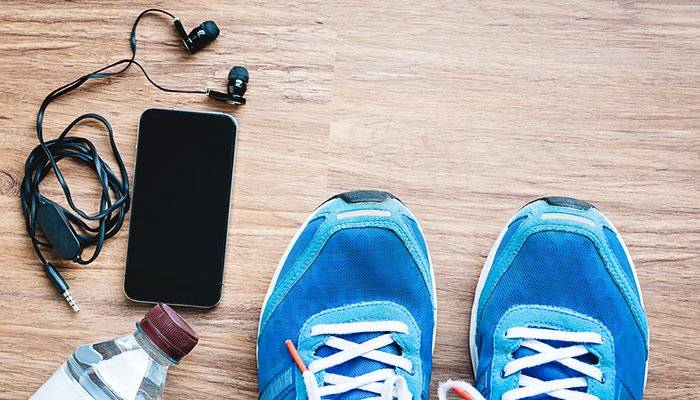
It's no secret that music has a massive effect on our mood. If you're feeling low, an upbeat song can lift you right up. Or if you're feeling stressed, a relaxing tune can help soothe the soul. By coordinating the music you’re listening to with the mood you’d like to be in, you can train your brain to engage in positive vibes.
To that end, we asked the staff at Mountain Trek what kind of music they like to listen to when exercising. We all know it can be challenging to get up off the couch sometimes and what can help the process is cranking some tunes to get you motivated.
Here are our staff's picks for best workout music:
Jennifer Keirstead – Nutritionist and Guide 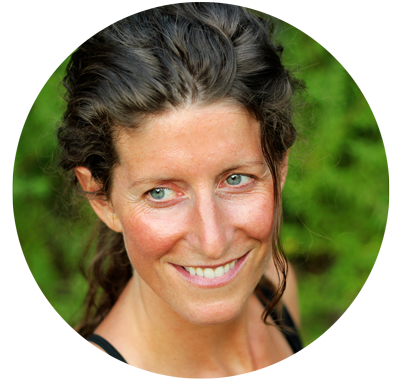
"These are the songs I like to play when I wanted to get pumped up! LOL. That said, I know everyone's taste in music is different but I think a lot of people will agree these songs definitely inspire you to move around."
- "Sinnerman" – Felix da Housecat Mix feat. Nina Simone
- "A Song for Our Grandfathers" – Future Islands
- "Every Other Freckle" – Alt-J
- "Is This It" – Asaf Avidan **Kulkid Remix
- "I Don't Feel Like Dancing" – Scissor Sisters
Cathy Grierson – Head Guide & Fitness Director 
"I like listening to music when I work out in the gym but it's a good idea to remind everyone to take the headphones off when hiking in nature so as to enjoy the sounds around you. Here are the songs I love best to workout to when indoors:"
- "In2ition and misirlou" – 2 Cellos
- "Jai ho" – Mumbai Dolls
- "Running down a dream" – Tom Petty
- "Runaway" – Ed Sheehan
Kirkland Shave – Program Director & Lead Guide 
"These are the songs that pump me up!"
- "Pump It Up" – Elvis Costello & The Attractions
- "Chuis Bo" – PZK (feat. Dogg Soso)
- "Jump In the Line" – Harry Belafonte
- "Pipeline" – The Piperiders
- "Eternal (Jusqu'au matin)" – Le Weekend
- "Gumboots" – Paul Simon (with The Boyoyo Boys)
- "Mr. Saxobeat" – Alexandra Stan
- "Whip It" – Devo
- "Mambo Con Dancehall" – Brooklyn Funk Essentials
- "Sweet and Dandy" – Toots & The Maytals
Krista Van Ee – Hiking Guide 
"These are the songs I like to listen to when running or working out":
- "I've Got Your Fire" – Jenn Grant
- "Happy" – Pharrell Williams
- "Disperate Youth" – Santigold
- "Beings" – Madeon
- "Kamikaze" – MO
- "Famous" – Charli xcx
Simon Shave – Sleep Specialist & Hiking Guide 
"There are so many songs out there that get me moving but these are definitely my top five favourites right now."
- "Move On Up" – Curtis Mayfield
- "Behind the Mask" – Micheal Jackson
- "Lose Yourself to Dance" – Daft Punk
- "Runnin' (Bit Funk Remix)" – The Pharcyde
- "Todd Terje" – Inspector Norse
And in case you want to have a listen for yourself. We put all these great songs into one easy playlist to help fuel your next workout.
[fbcomments]


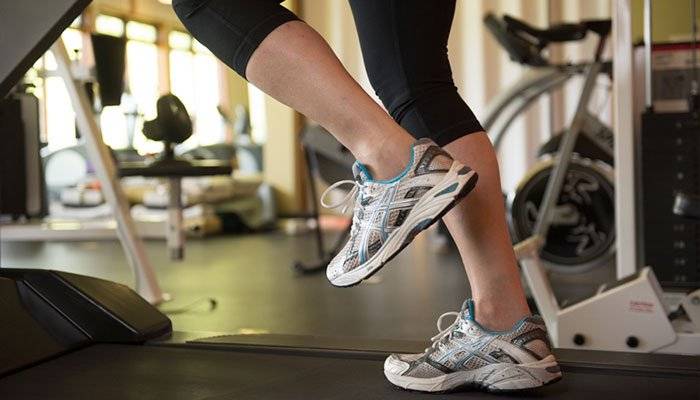
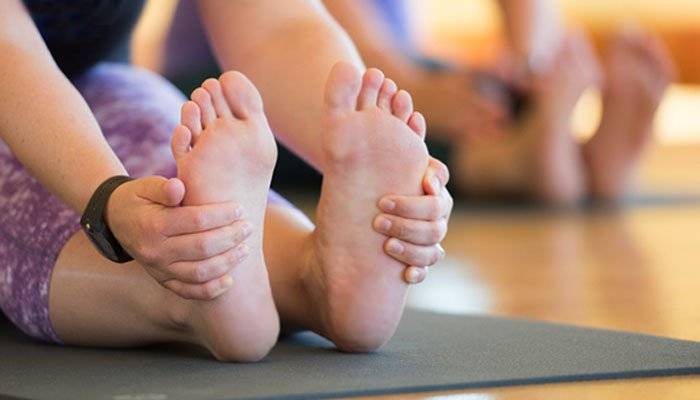
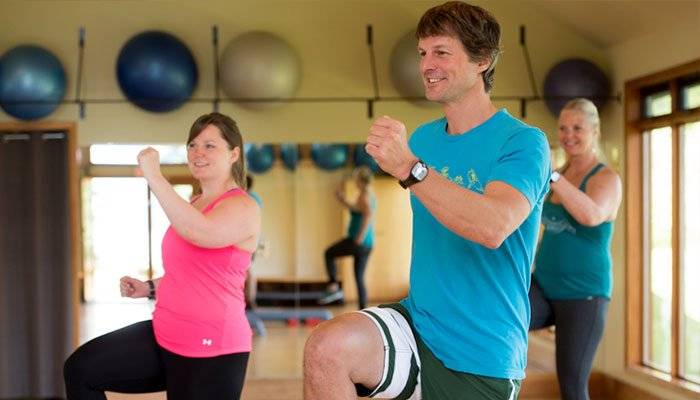

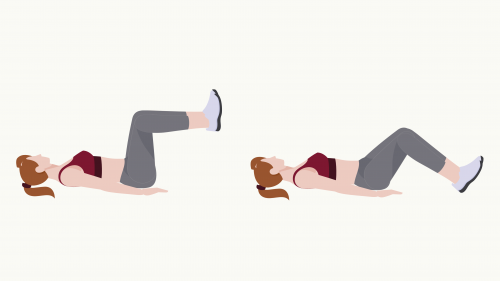
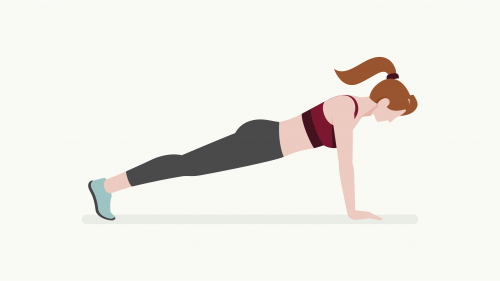
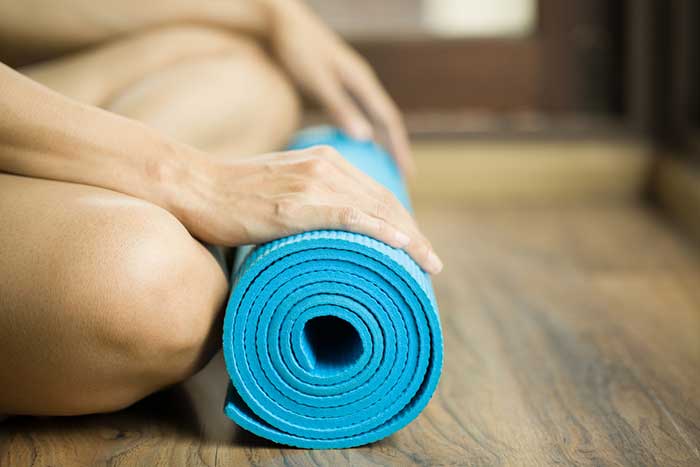
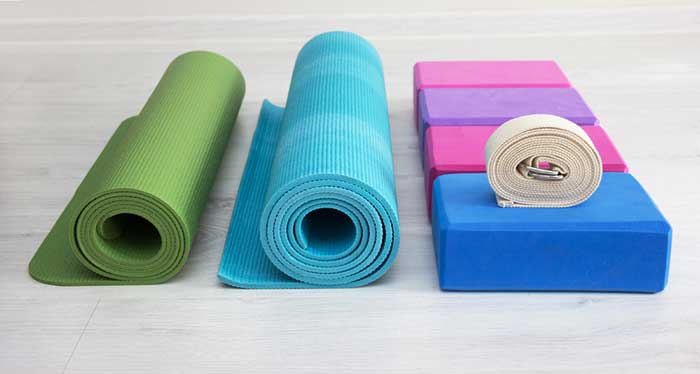

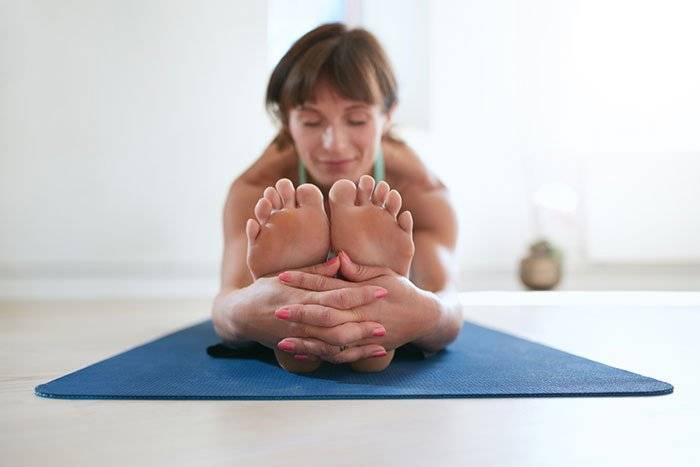
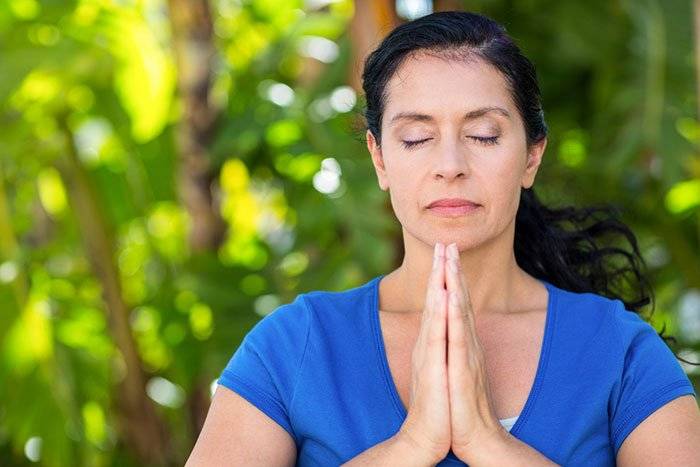
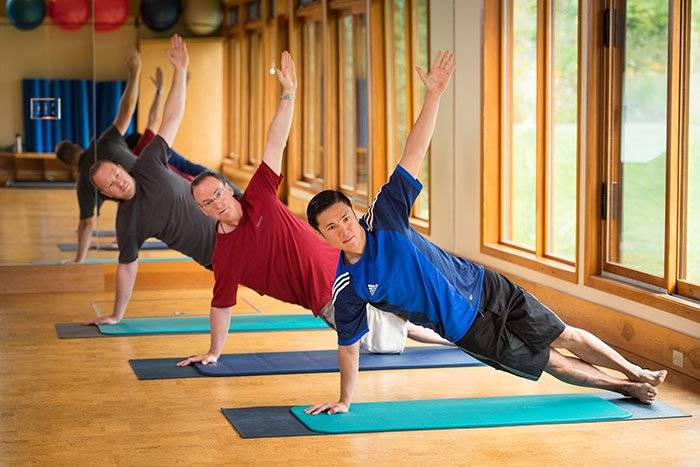
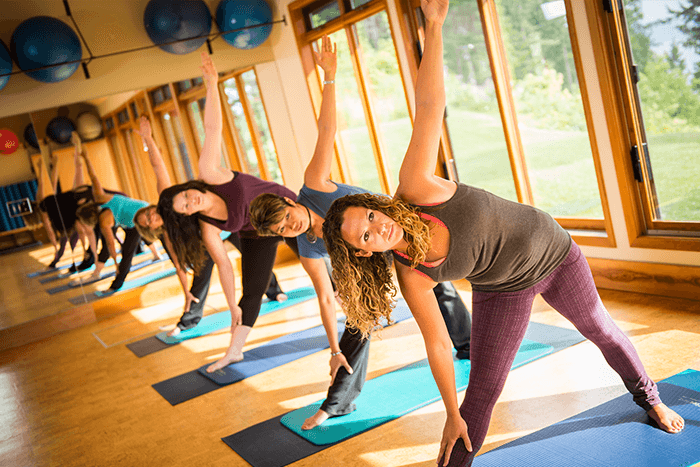
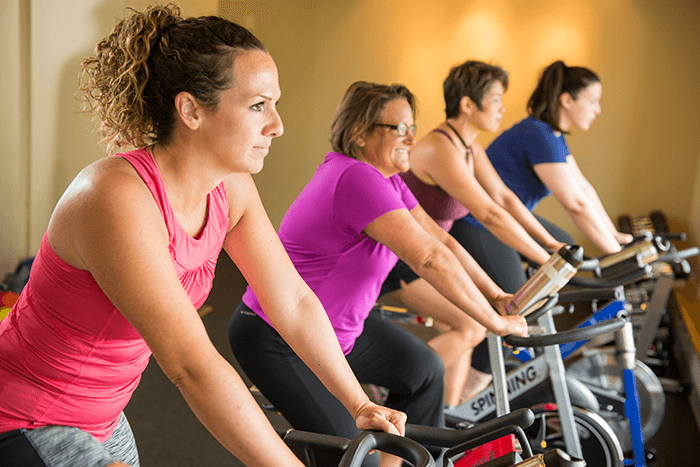
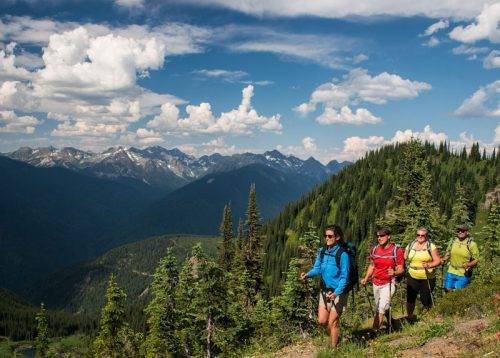
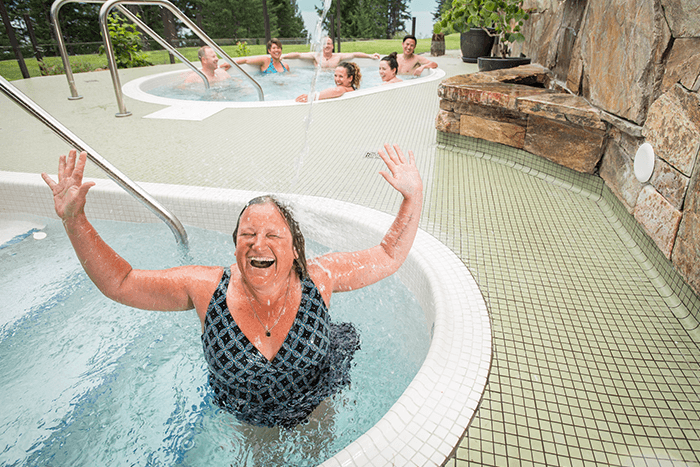
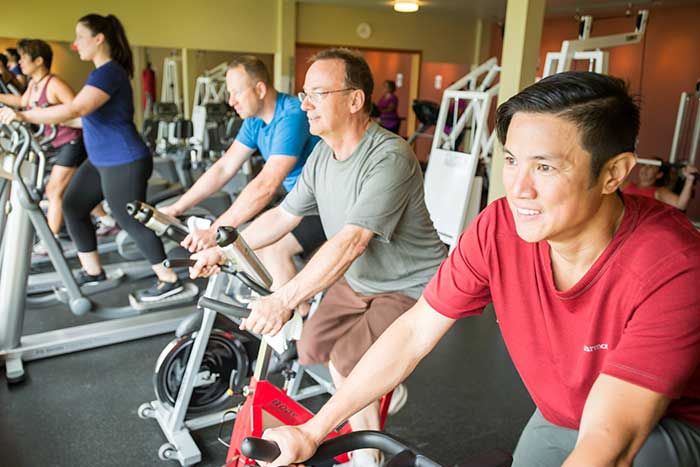 Whether you want to exercise for weight loss, physical, and/or mental health, it is important to include it into your lifestyle – but it’s not always easy.
Whether you want to exercise for weight loss, physical, and/or mental health, it is important to include it into your lifestyle – but it’s not always easy.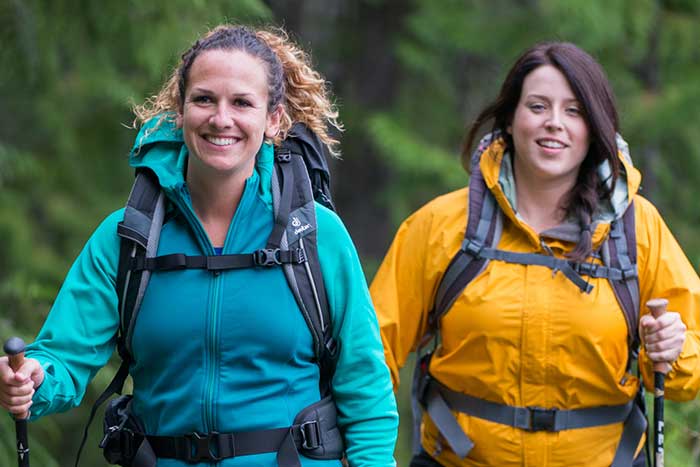
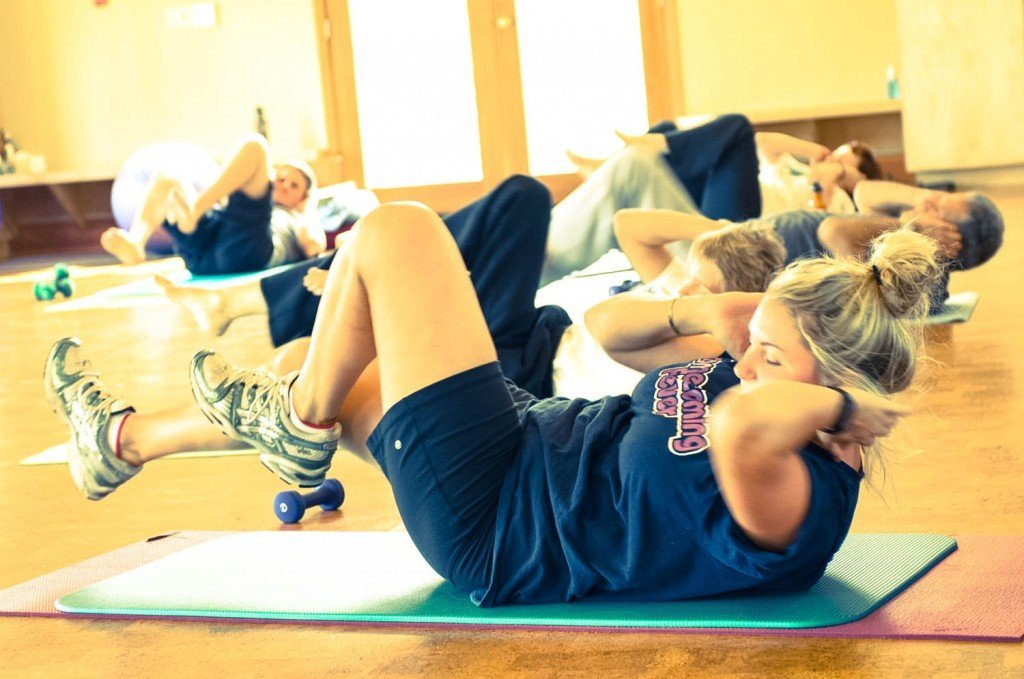 Trends, unlike fads, are cultural flows or tendencies. Fads pass and often with nothing more than surface style or quick money in mind.
Trends, unlike fads, are cultural flows or tendencies. Fads pass and often with nothing more than surface style or quick money in mind.